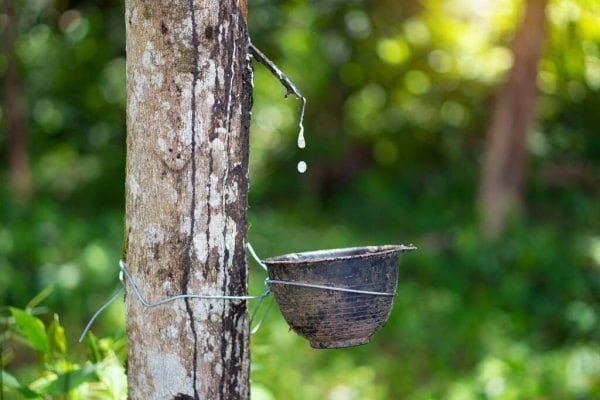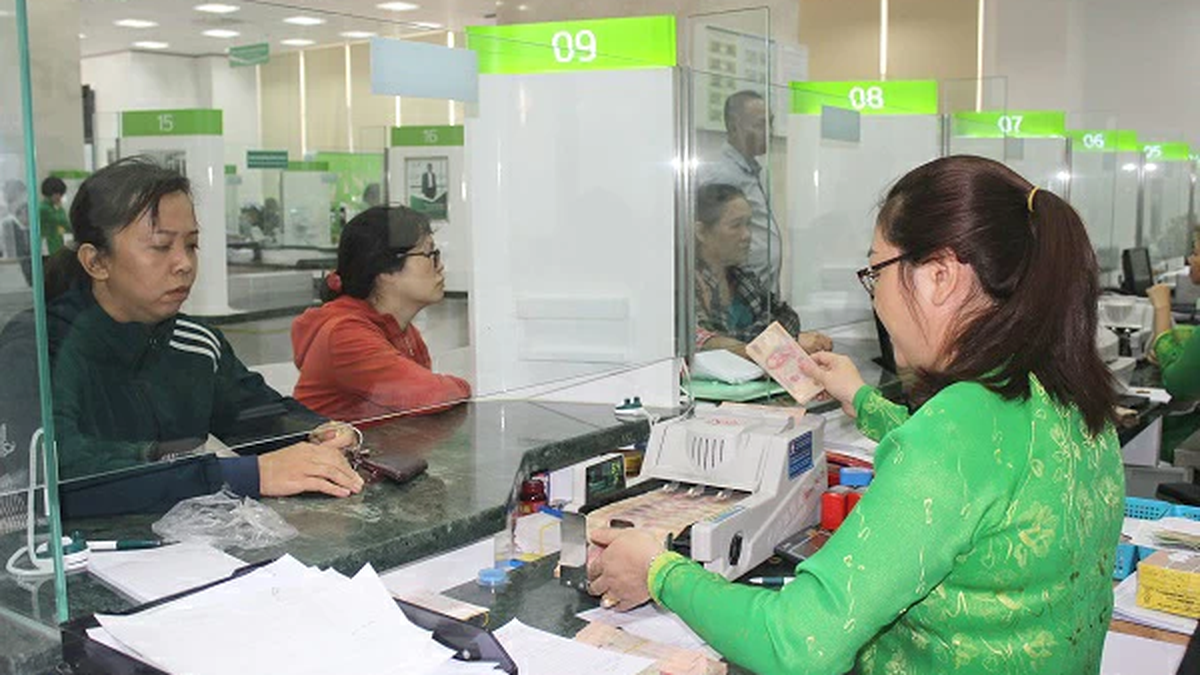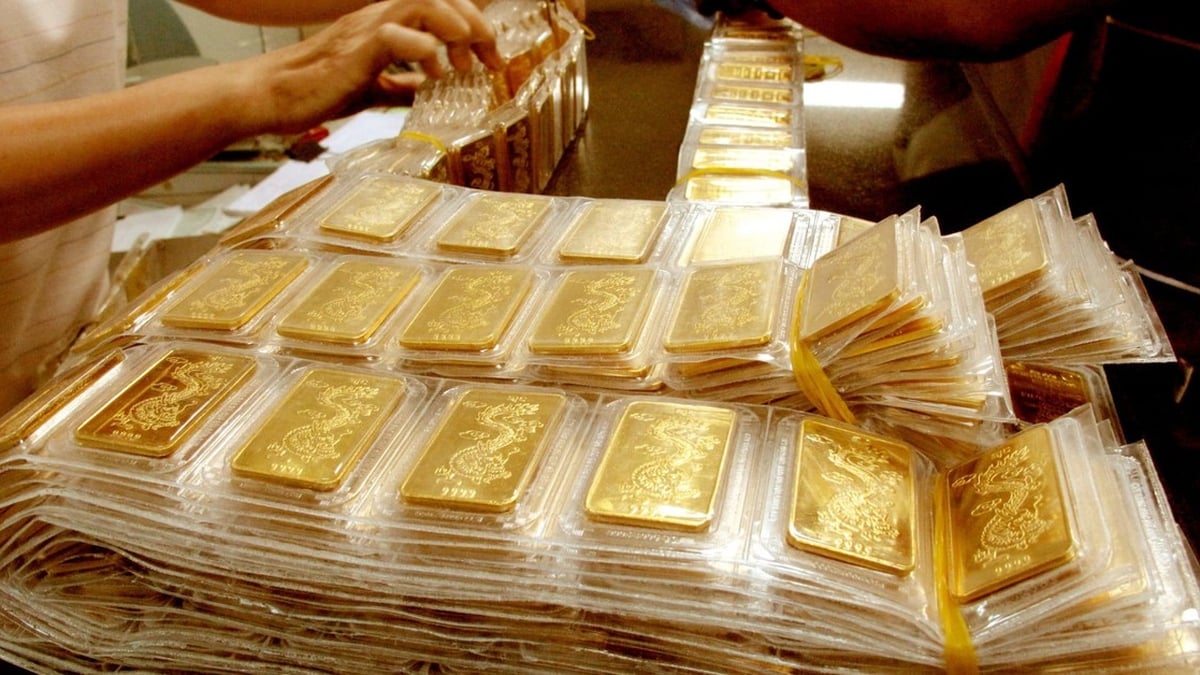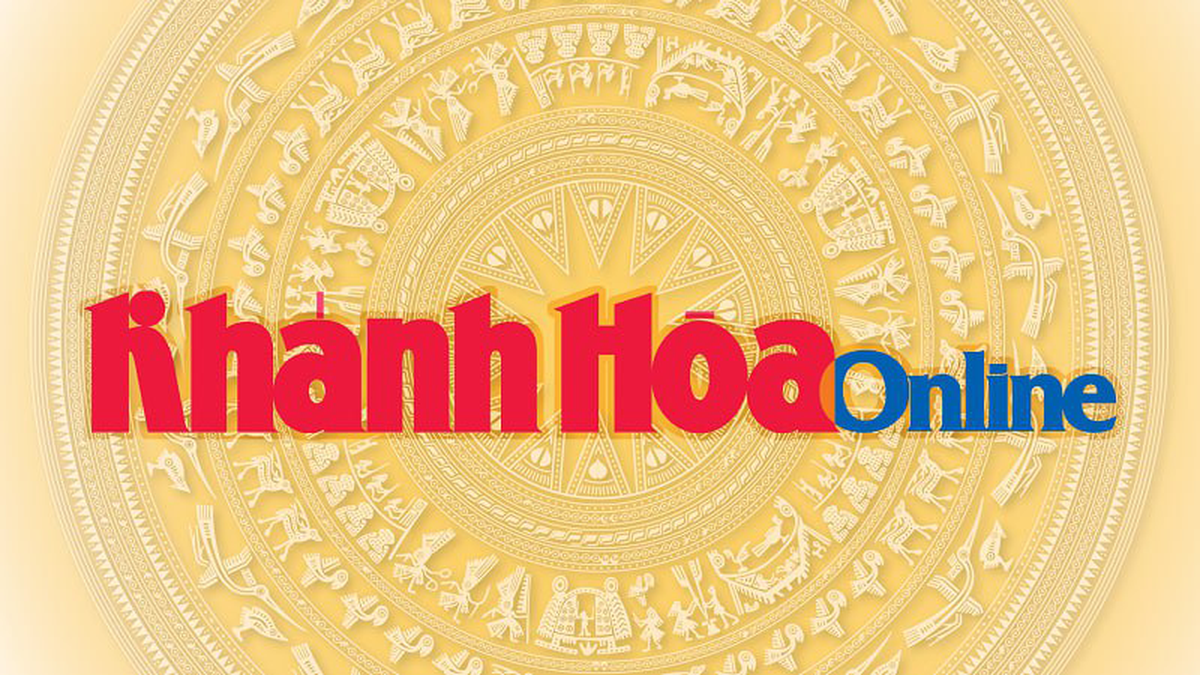Rubber prices continued to rise in Japan today but fell in China, with the market concerned that the border conflict between Thailand and Cambodia could cause prices to rise further. Domestically, many businesses achieved positive business results in the first 6 months of the year.
World rubber price today
In Japan, rubber prices increased across the board. Specifically, the price of RSS3 rubber for August 2025 delivery on the Tocom - Tokyo exchange was 332 JPY/kg; the September 2025 delivery contract was 332.7 JPY/kg; the October 2025 delivery contract was 331.9 JPY/kg; the November 2025 delivery contract was 331.8 JPY/kg; and the December 2025 delivery contract was 334.8 JPY/kg.
In contrast, the price of natural rubber futures for August delivery on the Shanghai Futures Exchange (SHFE) in China fell nearly 1% (150 yuan) to 15,140 yuan/ton.
In Singapore, the price of TSR20 rubber on the SGX with the TSR20 contract for August 2025 delivery at 175.90 cents/kg; TSR20 contract for September 2025 delivery at 178.90 cents/kg; TSR20 contract for October 2025 delivery at 180.70 cents/kg; TSR20 contract for November 2025 delivery at 181.00 cents/kg; TSR20 contract for December 2025 delivery at 181.10 cents/kg.

Japanese rubber futures posted a sixth straight weekly gain, supported by prolonged rain in key producing areas and renewed optimism about China's economic stimulus measures, Reuters reported.
“Positive futures market action and arbitrage activity, fueled by the general rally in commodities and optimism surrounding China’s economic stimulus, have been key drivers of the recent rise in rubber prices,” said Farah Miller, founder of independent rubber specialist Helixtap Technologies.
However, she also noted that weak fundamentals remain, adding that many are closely watching the border conflict between Thailand and Cambodia, which could further boost rubber prices, as Thailand is the world's largest rubber producer.
Meanwhile, according to Chinese financial news site Tonghuashun Information, recent adverse weather and continuous rainfall have contributed to supporting prices, amid gradually improving demand from downstream industries.
Elsewhere, the US dollar weakened to 147.1 yen per dollar, making yen-denominated assets less attractive to foreign investors.
Oil prices rose as optimism about trade talks supported the outlook for the global economy and oil demand, despite news of a possible increase in oil supplies from Venezuela.
Natural rubber is often affected by oil prices because it competes for market share with synthetic rubber, which is produced from crude oil.
As of July 1, China's natural rubber inventory was 1.295 million tons, up 1,800 tons from the previous month, or 0.14%.
Meanwhile, in Qingdao, as of July 20, natural rubber inventory was 505,600 tons, down slightly by 1,900 tons compared to the previous month.
Domestic rubber price
Rubber prices did not record any new fluctuations on the weekend. Accordingly, Phu Rieng Company offered to purchase mixed latex at 385 VND/DRC; the purchase price of liquid latex reached 415 VND/TSC.
At Ba Ria Rubber Company, the purchase price of liquid latex remained stable at 385 VND/TSC degree/kg (applied to TSC degree from 25 to under 30); DRC coagulated latex (35 - 44%) was at 12,300 VND/kg, raw latex was recorded at 15,300 - 16,500 VND/kg.
MangYang Company quotes the purchase price of latex at around 382-387 VND/TSC (type 2-type 1); mixed latex is around 336-383 VND/DRC (type 2-type 1)./.
Source: https://baolamdong.vn/gia-cao-su-hom-nay-27-7-tang-tuan-thu-6-lien-tiep-tai-nhat-ban-383900.html



































































































Comment (0)